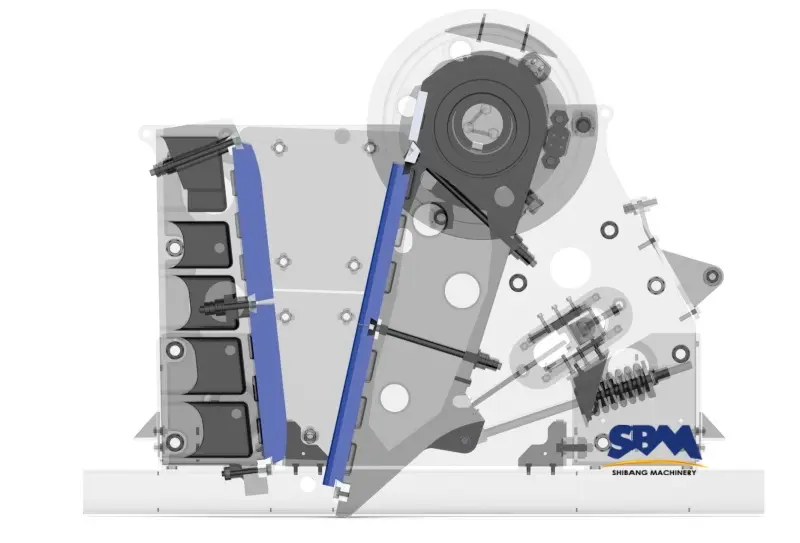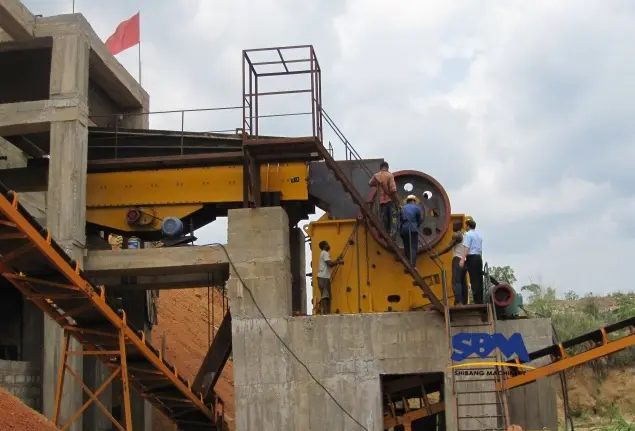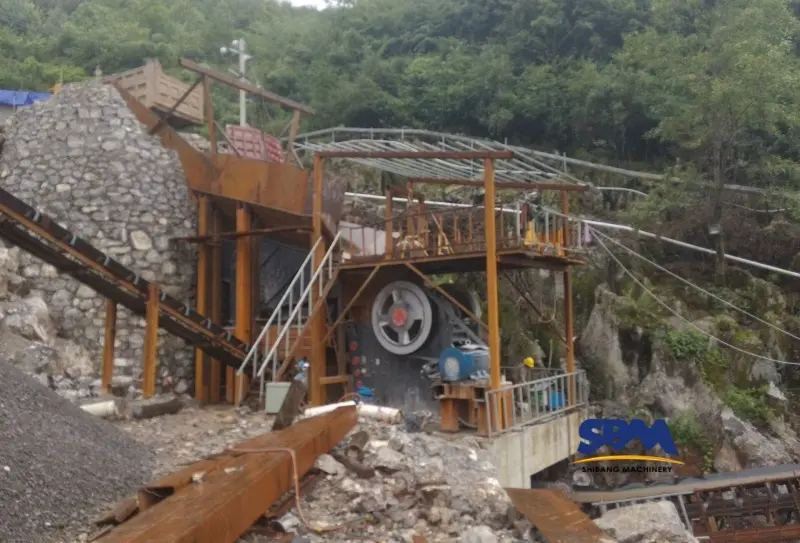Surel: [email protected]
Mana yang lebih baik cone crusher atau jaw crusher?
Cone stone crusher or jaw crusher depends on several factors, including the initial cost, the method of crushing, the type of stone being crushed, the desired finished product size, the crushing stages used, Capacity and Efficiency, overall production requirements.
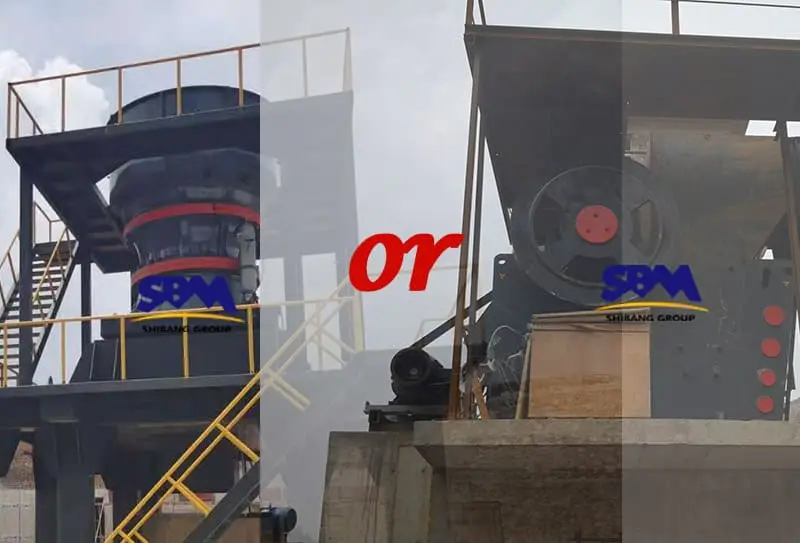
Difference between cone crusher and jaw crusher
There are quite a few differences between cone crusher and jaw crusher. These differences are mainly reflected in the following aspects:
The initial cost
Which has a lower initial cost, cone stone crusher or jaw crusher? Compared to jaw crusher, cone crusher has a lower initial cost.
Feed size range
The jaw crusher has a larger range of feed sizes and can be flexibly used in production lines with more feed sizes.
The method of crushing
The crushing method of the cone crusher is to use a rotating cone head to rotate within a fixed bowl-shaped housing. Materials enter the crushing cavity between the machine head and the drum, and the rotating cone head crushes the stones.
While the crushing method of the jaw crusher is to use a fixed jaw and a movable jaw that moves forward and backward. When the stone enters between the fixed jaw and the movable jaw, the movable jaw crushes the material through regular movement.
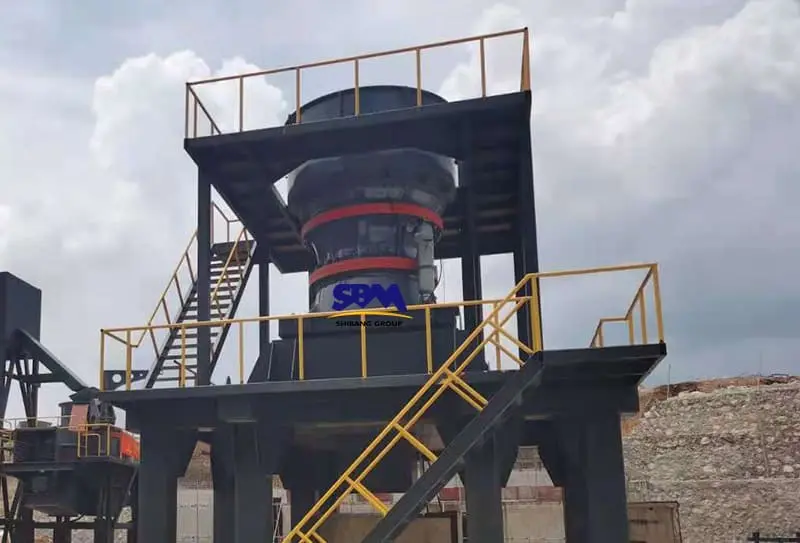
The type of stone being crushed
Cone crushers generally crush hard or abrasive materials such as granite, basalt and other hard rock types.
Jaw crushers are better at crushing softer materials such as limestone, shale and other sedimentary rocks.
The desired finished product size
Compared to jaw crushers, cone crushers can produce fine and uniformly crushed finished products.
Due to the forward and backward movement of the movable jaw, the jaw crusher can produce more sizes of crushed products.
The crushing stages used
About cone stone crusher or jaw crusher, cone stone crusher can be used in the secondary, tertiary or quaternary crushing stages of a crushing production line. The jaw crusher can only be used in the first stage of crushing.
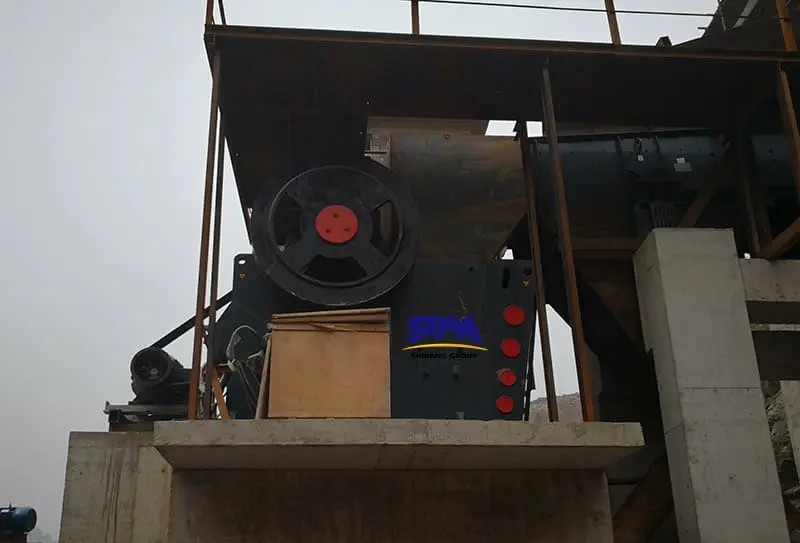
Capacity and Efficiency
In terms of capacity, cone crushers usually have higher capacity and can achieve higher efisiensi penghancuran per hour.
In terms of energy consumption, jaw crushers may be more energy efficient, especially in smaller operations.
Maintenance and Wear
Cone stone crusher generally costs less to maintain and have a longer life than jaw crushers. Jaw crushers, di samping itu, may require more frequent maintenance and replacement of worn parts, such as jaw plates.
In summary, if you are more concerned about cost and your raw materials are not corrosive, then a jaw crusher may be more suitable. Di samping itu, if you require a finer, more uniform product and your material is harder or more abrasive, a cone crusher may be a better choice. Your specific application, material characteristics and production requirements must be considered when choosing cone stone crusher or jaw crusher. Consulting with equipment manufacturers or industry experts can also provide valuable insights.
Jaw Crusher vs Cone Crusher: Key Differences in Crushing Efficiency
In South Africa’s gold mines, choosing between jaw and cone crushers can determine 18-35% variance in operational costs. This analysis reveals their efficiency differences through four material processing stages, backed by technical data from 300-1,200 tph equipment models.
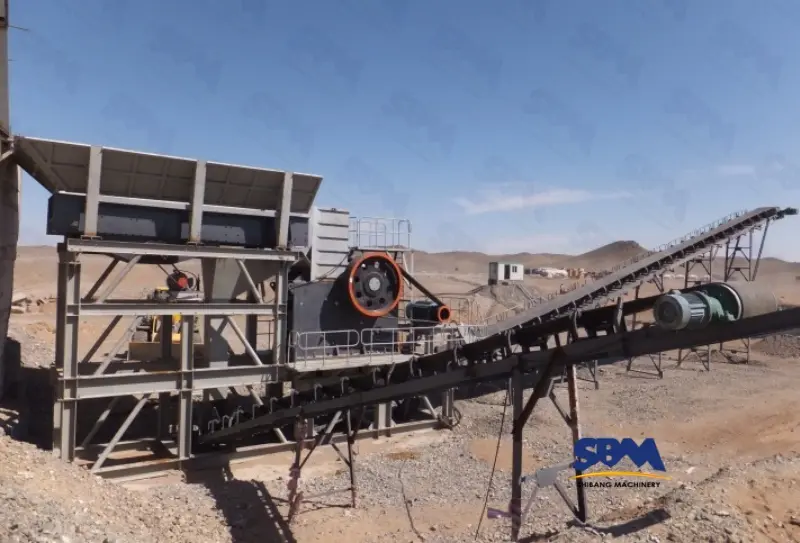
Stage 1: Primary Crushing – Where Jaw Crushers Dominate
Jaw Crusher Advantages
- Handles 1,500mm feed size (vs 300mm for cones)
- 75% lower energy consumption on granite
- Self-cleaning design prevents material bridging
Cone Limitations
- Requires pre-screening for >300mm rocks
- Higher wear costs in abrasive ores
Key Metric: Jaw crushers achieve 90-450 tph in primary stage vs cone’s 40-210 tph.
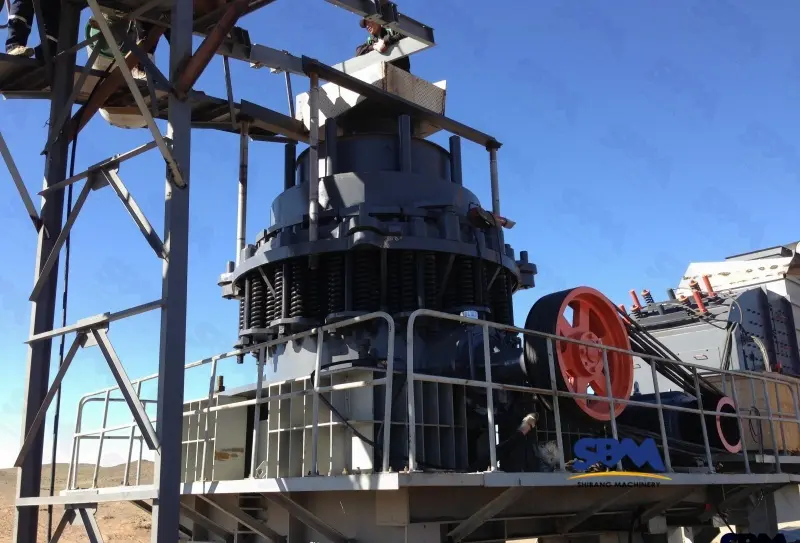
Stage 2: Secondary Crushing – Cone’s Precision Control
Penghancur Kerucut: 75-82% cubic output
Penghancur Rahang: 45-50% cubic output
Cone crushers’ hydraulic adjustment enables ±2mm particle control – critical for high-value aggregates.
Stage 3: Hard Rock vs Soft Material Performance
| Material Type | Jaw Crusher Efficiency | Cone Crusher Efficiency |
|---|---|---|
| Granit (Mohs 6-7) | 82 tph @ 150kW | 68 tph @ 220kW |
| Batu gamping (Mohs 3) | 110 tph @ 150kW | 145 tph @ 160kW |
Stage 4: Operational Economics – Hidden Cost Factors
Wear Parts Replacement
Jaw plates last 1,800-2,500 hours vs cone mantles’ 800-1,200 jam
Konsumsi Energi
Cones use 30% more power but produce 25% less waste
Hybrid Solutions for South African Gold Mines
- Primary: Jaw Crusher for 1,200mm quartz feed
- Secondary: Multi-cylinder Cone for 6-25mm output
- Cost Saving: 22% lower per-ton cost vs single-stage crushing
Decision Flowchart: 5 Questions to Choose Right
- Feed size >300mm? → Jaw crusher
- Need <5mm output? → Cone crusher
- Material abrasiveness >4 Mohs? → Jaw crusher
- Production >500 tph? → Jaw+cone combo
- Mobile plant needed? → Compact jaw design
Kantor Pusat
ada apa:+8615225176731
Surel: [email protected]
Alamat: TIDAK. 1688, Jalan Timur Gaoke, Kabupaten baru Pudong, Shanghai, Cina.
Situs web: https://www.mill-sbm.com/
Isi Artikel
Tulisan Terbaru
- Bagaimana Desain Jaw Crusher Meningkatkan Efisiensi Operasional dalam Penambangan dan KonstruksiEfisiensi penghancur rahang tergantung pada desainnya. Prinsip -prinsip desain ini memaksimalkan produksi sambil meminimalkan konsumsi energi dan downtime. Di bawah, Kami menganalisis fitur desain utama mana yang berkontribusi terhadap ...
- Mengapa Jawi Jahap adalah fondasi penambangan yang tak tergoyahkan?Di dunia pertambangan yang kasar, dimana efisiensi menentukan profitabilitas, Jaw Crushers berdiri sebagai garis pertahanan pertama melawan Raw, Bijih yang tidak diproses. Dari wilayah Pilbara yang kaya besi Australia ke Argentina ...
- Industri apa yang terutama menggunakan penghancur rahang? Perspektif globalAplikasi penghancur rahang sangat luas dan banyak industri terutama menggunakannya. Sementara jawm crushers mungkin tampak seperti workhorses mekanis yang sederhana, Dampaknya pada industri modern adalah apa saja ...

